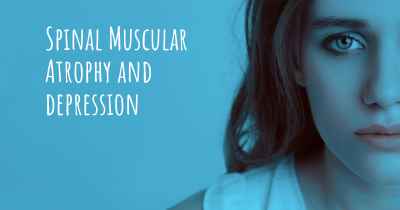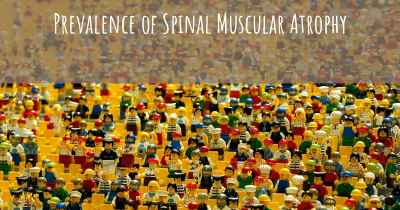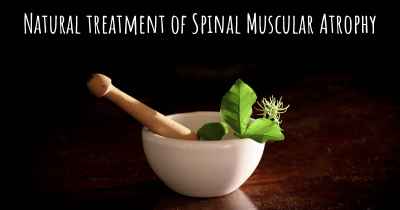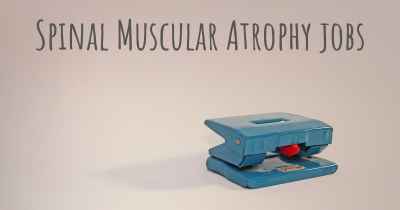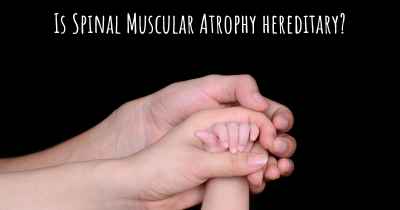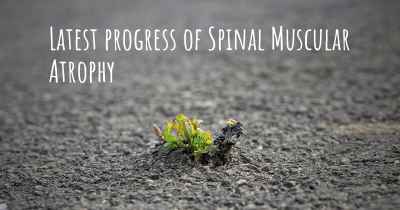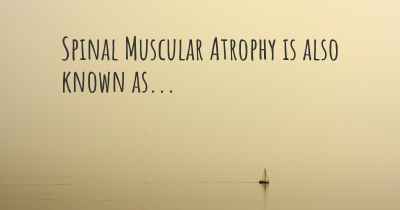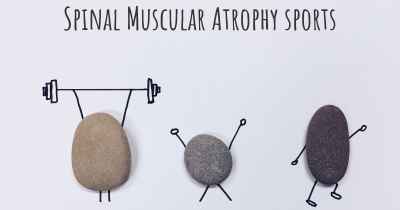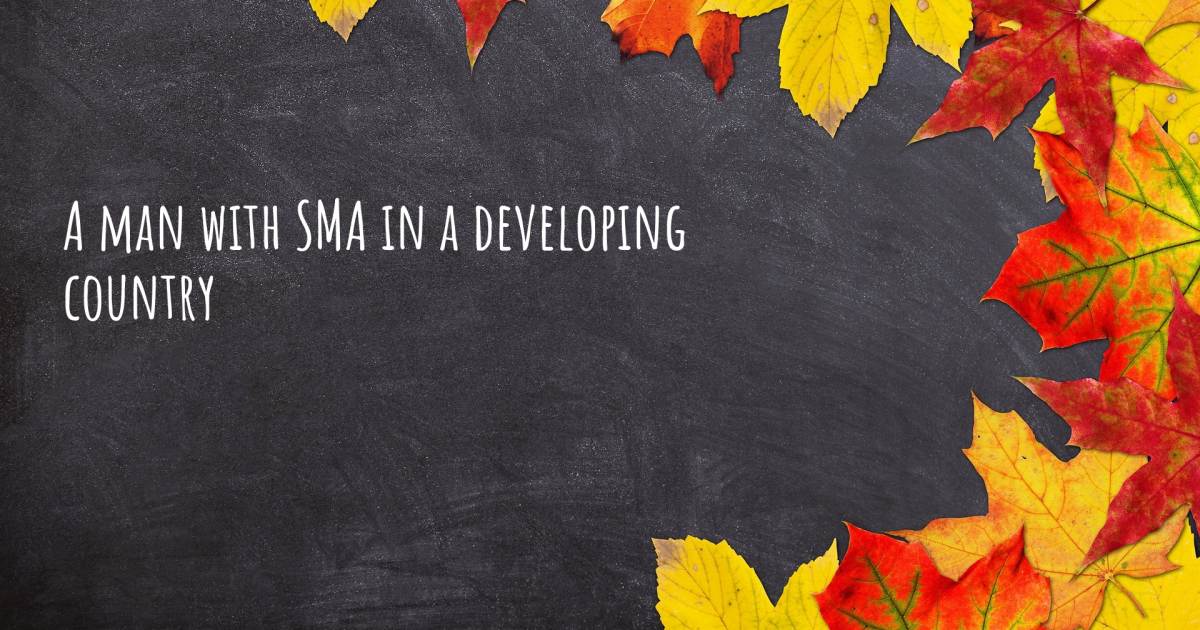
A man with SMA in a developing country
Jan 22, 2016
By: Julio
Error
I was born on March 5, 1949, in a poor neighborhood of Lima, Peru, in a time where most houses had no electricity and radio music was a luxury only afforded by the few. The television had not yet come to the country and Internet was unimaginable. https://juliochojeda.files.wordpress.com/2014/03/photo2.jpg
I grew up in a time quite different from the present day. Then no one could explain to me why I fell down while running or going up stairs. Physicians examined me and continued saying to my mother Julia “Don’t worry. It is only his nerves.” However, I continued falling down. In 1967, when I started an engineering career, I was told at the National Institute of Rehabilitation that I had Spinal Muscular Atrophy, Kugelberg Welander syndrome, and that this condition had no cure. Up to then I had not seen people like me. In this hospital I saw people with different neurological conditions and in different phases of their diseases. I began to understand how hard my life would be if I fought this battle on my own. That is, without means and without support from the government.
Time put an end to the engineering career and I stayed at home where I shared what I had learned with young people fighting to overcome the poverty circle in which they had been born.
I had to accept the continual functional loses in my mind and heart, figure out new ways to do things that before I had taken for granted, and to ask help from others in order to survive through difficult times. Faith and hope kept me going in a developing country where support services were not available. However, a miracle was taking shape.
I taught myself the English language to communicate with other people and medical research centers around the world about SMA. This began during the 1980’s, and I learned through specialized magazines that people with severe disabilities were joining the work force in developed countries with the help of computers, and that adaptive technology was making their lives easier. For a heart that knows no bounds, I had to make connections and get additional information so I could gain access to available technology in Peru.
In 1987, powerful forces came to my aid. Jeanie Schiefelbusch, then a volunteer at the Kansas-based Christian Foundation for Children and Aging visited my home with José Mizzoti, parish priest of the Visitacion Church in Lima, Peru, to start a breakfast and lunch program for poor children living in the zone, which was sponsored by the Kansas-based Christian Foundation for Children. This same year, Liliana Mayo, Executive Director of the Ann Sullivan Center, a school for children with developmental disabilities, also visited me at home and gave me a chance to work at the Center. First I had to teach myself to work with both the DOS and the Windows systems. Through the years I have been in charge of translating training materials for professionals and families of people with different abilities, entering data about grades and attendance at School of Families for parents, and doing other additional tasks, first at the Training Area where I worked for more than 20 years, and now, at the Administrative Area.
At the present time, people with disabilities can learn about their conditions and current research by navigating the Internet, correspond with role models who can encourage them to locate resources and psychological support, especially in developing countries where people with disabilities have limited resources.
I can no longer write by hand and have serious trouble typing, but continue looking for technology solutions to assist me with my motor skills and computer work. As usual, knocking on doors around the world to get what I need to continue making a difference in his life.
It is miracle from God that I have reached the retirement age with this deteriorating condition in a developing country, that have become one of the few in the world who work full time to be useful to society while covering my basic needs to survive; and a miracle made through the Ann Sullivan Center (CASP) that my life has been extended more than expected.
At home where I stay the weekends or at CASP where I live the most part of the year my mother Julia’s words till resound in my mind “The SMA has stolen your strength but it has not touched your freedom to be independent and live your life. You can my son.”
0 comments
